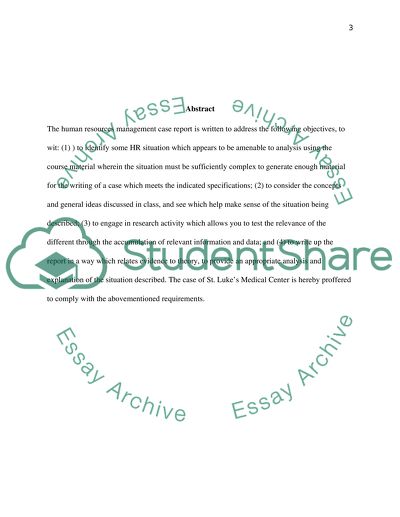Cite this document
(Human Resource Management of St. Lukes Medical Center Case Study, n.d.)
Human Resource Management of St. Lukes Medical Center Case Study. Retrieved from https://studentshare.org/human-resources/1568822-human-resource-management-report
Human Resource Management of St. Lukes Medical Center Case Study. Retrieved from https://studentshare.org/human-resources/1568822-human-resource-management-report
(Human Resource Management of St. Lukes Medical Center Case Study)
Human Resource Management of St. Lukes Medical Center Case Study. https://studentshare.org/human-resources/1568822-human-resource-management-report.
Human Resource Management of St. Lukes Medical Center Case Study. https://studentshare.org/human-resources/1568822-human-resource-management-report.
“Human Resource Management of St. Lukes Medical Center Case Study”, n.d. https://studentshare.org/human-resources/1568822-human-resource-management-report.


